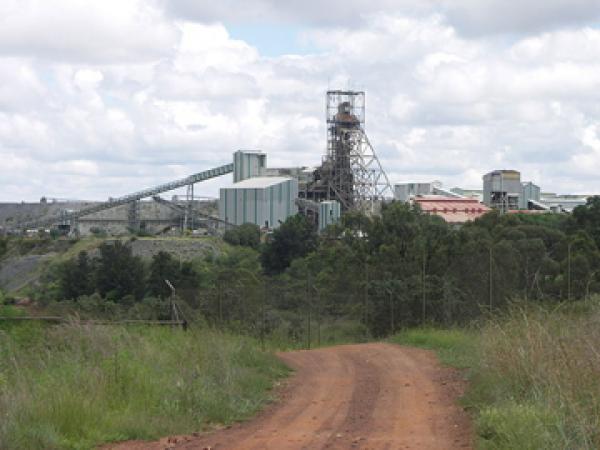Who are the real illegal miners?

The rescue and subsequent arrest of zama-zama — (those prepared to) “have a go” — miners from an abandoned mine shaft near the East Rand city of Benoni made world headlines.
As did the deaths several days later of two other such miners at another nearby abandoned shaft.
The widespread publicity was assured because the media was on the spot and televised images were readily available. As a result, these incidents were given greater — and more dramatic — news coverage that the deaths of more than 100 “illegal miners” in Welkom four years ago.
The Welkom group were a slightly different form of zama-zama and died far from the media spotlight, deep below the earth. They were working in a functioning mine and were obviously employed by a gang/company/group that had connections that enabled “illegals”, in the overalls and helmets of conventional miners, to descend by the same winched cage that carried “legitimate” workers into the bowels of the earth.
How many of these “employed zama-zama” operate in this way in remote tunnels of established deep-level mines is not known, but they are almost certainly a minority. Most among the thousands who follow a mole-like existence, spending weeks and sometimes months beneath the earth’s surface, operate in shallower, long abandoned, workings. They are the real zama-zama and mine officials and security personnel estimate that there may now be as many of them as there are formally employed miners.
The publicity machinery of the mining houses dubs these miners “pirates”, “thieves” and “illegals”. Yet the zama-zama should, in a classic sense, be seen as entrepreneurs, people who “identify and start a business venture, source and organise the required resources and take both the risks and rewards associated with the venture”.
“We don’t condone illegal acts, but the zama-zama are operating in line with the capitalist ethos,” says Cosatu spokesperson, Patrick Craven. This is a view shared widely within the union movement and among the usually poor communities that are home to those who have mastered the dank and dangerous underworld in order to eke out a living.
That the work is hard and extremely dangerous, goes without saying; that it is very poorly paid is largely a result of it not being accepted and regulated, but having been declared illegal. As human rights lawyer Richard Spoor points out, South Africa is one of the few countries in the world where it is illegal, privately, to own and mine raw gold or rough diamonds. This, Spoor adds, is a ruling that means the state — and, therefore, the taxpayer — foots the bill for much mining product security.
Forced into illegality, the zama-zama have to deal with the criminal underworld when they surface with the scraps of gold they have hewn out of the rocks below. “It’s all a bit like prohibition in the United States,” says Spoor.
With the price of gold at more than $1 200 (R13 200) a Troye ounce, there is great profit to be made if gold can be bought for R500 an ounce or less. With no questions asked by the underworld bosses whose underlings operate illegal smelters, township gangs now prey on the zama-zama, robbing them when they surface.
In the most recent case in Benoni, it seems that robbers, perhaps fearful of the number of miners emerging from the abandoned shaft, may have driven back those they had robbed and then sealed the shaft entrance with rocks. When rescue workers, alerted by community members, arrived on the scene, most of the zama-zama apparently refused to emerge.
Among those who remained below ground, fearful of arrest, may have been some who were aware of linked diggings, stopes and tunnels through which they could slither, crawl and walk to emerge perhaps many kilometres from their entry point. As retrenched miners, many of the zama-zama are well acquainted with large sections of the 2km-wide labyrinth of quite shallow underground passageways that extends across the Witwatersrand, from Roodepoort in the west to Springs in the east.
Veteran miners make up the core of this self-employed army of underground workers, operating mainly on the Witwatersrand and in the even older diggings in the mountains around Barberton in Mpumalanga. It is an almost exclusively male preserve, with the veterans training younger unemployed men to “harvest this bounty of the earth”.
They do not see themselves as criminals. Many argue that the real criminals are those in government and mining companies who wrecked the environment and used and abused workers for 120 years of basically unregulated mining. And they point to individuals such as Khulubuse Zuma and his partners as latter day pirates for having stripped the Aurora gold mine of assets and left thousands of miners without wages, to starve.
Next: The Khayelitsha Commission takes a break
Previous: Voting every five years is not enough - direct democracy is possible

This article is licensed under a Creative Commons Attribution-NoDerivatives 4.0 International License.


